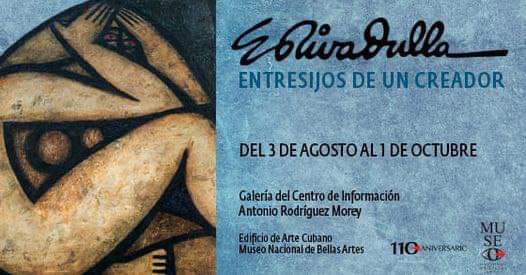A few years ago, writer Pablo Armando Fernandez (1929-2021) said about Eladio Rivadulla (1923-2011), that ‘whoever has seen those canvases, can’t help but be moved and surprised.’
The exhibition shows, as described by Fernandez, works painted by Rivadulla in the first years of the 1960s: his cemíes from the aboriginal cult, his fabulous bestiary; the triumphant irruption of the deities of the Bantu cult and the Yoruba mythology that have enriched Antillean cultures so much.
These subjects are expressed in dense colors: blurry blues and coagulated reds, submerged greens and yellows that fight body to body to reach the transparency of the surface, in strokes of violent drama, according to Fernandez, who was quoted by the National Museum of Fine Arts on its Facebook profile.
The exhibition will be opened until October 1 at the Information Center Gallery, in the Cuban Art Building, in salute to the 100th birthday of Rivadulla, the initiator of the Cuban Revolution’s graphic art.
A selected sample of paintings from the first five years of the 1960s will be exhibited, as well as catalogs, photographs, sketches, awards and acknowledgements that endorse the artist’s development in this discipline.
jg/abo/mem/dla









